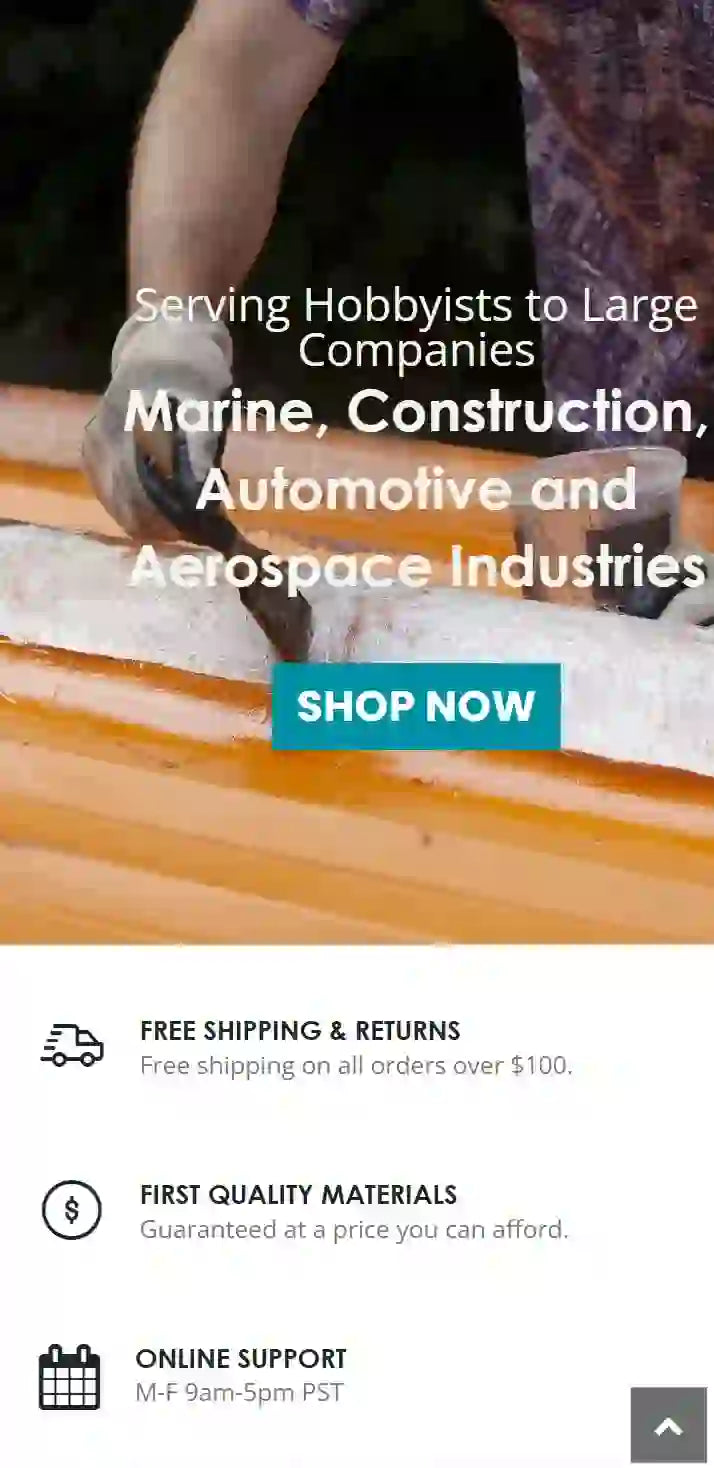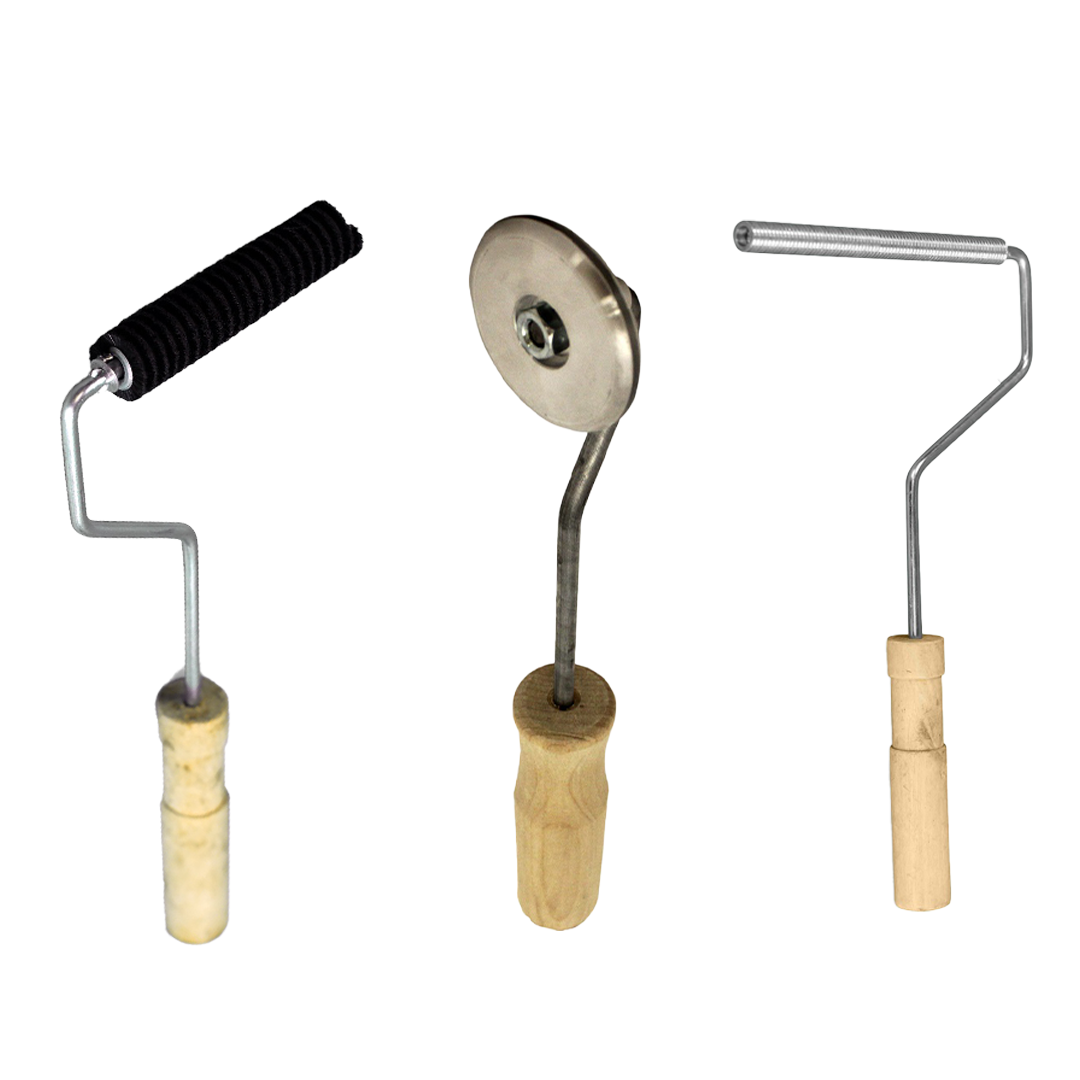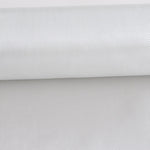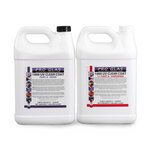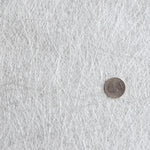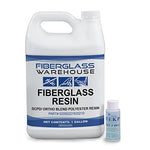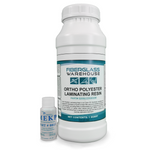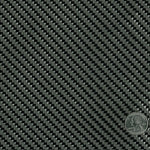You have no items in your shopping cart.
Fiberglass work requires precision, patience, and the right tools. Among the most essential tools in any fiberglass professional's arsenal are specialized rollers designed to eliminate air bubbles, ensure proper resin distribution, and create smooth, durable finishes. Whether you're working on boat repairs, automotive body work, or custom fiberglass projects, understanding the different types of fiberglass rollers and their applications can make the difference between a professional-quality result and a costly do-over.
This guide will walk you through the three main types of fiberglass rollers—aluminum rollers, corner rollers, and bristle rollers—helping you choose the right tool for each stage of your fiberglass project and achieve consistently excellent results.
What Are Aluminum Fiberglass Rollers?
Aluminum fiberglass rollers are the workhorses of fiberglass lamination. These tools feature grooved aluminum cylinders mounted on sturdy handles, designed specifically to remove air bubbles and ensure proper wet-out of fiberglass fabric during the lamination process.
The aluminum construction offers several key advantages. The material is lightweight yet durable, resistant to the harsh chemicals found in fiberglass resins, and easy to clean between applications. The grooved surface pattern helps break surface tension and allows trapped air to escape while distributing resin evenly throughout the fabric.
The width of the roller also affects performance. Narrow rollers (1-2 inches) offer precision for detailed work, while wider rollers (3-4 inches) cover more surface area quickly, making them ideal for large flat surfaces.
What Are Corner Rollers?
Corner rollers solve one of the most challenging aspects of fiberglass work—achieving proper lamination in tight spaces, corners, and complex curves. These specialized tools feature angled or tapered heads that can reach into areas where standard rollers simply won't fit. Corner rollers compact size requires more attention to technique—you'll need to work more methodically to ensure complete coverage.
These specialized tools excel in situations where standard rollers fall short. Inside corners of hulls, around through-hull fittings, along stringers and bulkheads, and in any area where two surfaces meet at an angle all benefit from corner roller application.
What Are Bristle Rollers?
Bristle rollers represent a different approach to fiberglass application. Instead of grooved aluminum surfaces, these tools use specially designed bristles to work resin into fabric and eliminate air bubbles. The bristle construction offers unique advantages in certain applications.
The bristles create a brushing action that can be particularly effective with thick fabrics or when working with fast-cure resin systems where quick, thorough wet-out is essential.
Best Uses for Each Roller Type
Understanding when to use each roller type maximizes both efficiency and results quality. Aluminum rollers excel as primary lamination tools, handling the bulk of wet-out work on flat and gently curved surfaces. Their aggressive bubble removal action makes them essential for structural laminations where void-free results are critical.
Corner rollers become indispensable when working complex shapes or tight spaces. Any time you find yourself struggling to reach an area with a standard roller, switching to a corner roller will likely improve both the quality and speed of your work.
Bristle rollers shine in specialized applications. They're excellent for working with particularly thick fabrics. They're also useful for touch-up work and small repairs where precision matters more than speed.
Proper Application Techniques
Successful fiberglass roller application requires proper technique regardless of roller type. Start with adequate resin application.
Work systematically across your surface, overlapping roller passes by about 50% to ensure complete coverage. Apply steady, moderate pressure—too light and you won't remove bubbles effectively, too heavy and you risk displacing fabric or creating resin-starved areas.
Pay attention to your resin's gel time. As the resin begins to thicken, roller effectiveness decreases. Plan your work to complete rolling operations well before the resin reaches this point.
Maintenance and Care
Proper roller maintenance extends tool life and ensures consistent performance. Clean rollers immediately after use with appropriate solvents—acetone works for most polyester and vinyl ester resins, while epoxy systems may require specialized cleaners.
For aluminum rollers, inspect the grooves regularly for resin buildup or damage. A wire brush can remove stubborn residue, but be careful not to alter the groove pattern. Replace rollers when the grooves become worn or clogged beyond cleaning.
Bristle rollers require special attention to prevent bristle damage. Never allow resin to cure in the bristles, as this will ruin the roller. Some professionals keep bristle rollers submerged in solvent between uses during long projects.
Maximizing Your Fiberglass Results
Quality fiberglass work depends on using the right tools correctly. Aluminum rollers, corner rollers, and bristle rollers each serve specific purposes in the lamination process. By understanding their strengths and limitations, you can select the appropriate tool for each situation and achieve consistently professional results.
Remember that roller selection is just one part of successful fiberglass work. Proper surface preparation, correct resin-to-fabric ratios, and appropriate environmental conditions all contribute to final quality. However, with the right rollers and proper technique, you'll be well-equipped to tackle any fiberglass project with confidence.
Invest in quality tools, maintain them properly, and take time to master their use. Your projects will benefit from the professional results that proper roller technique provides.


